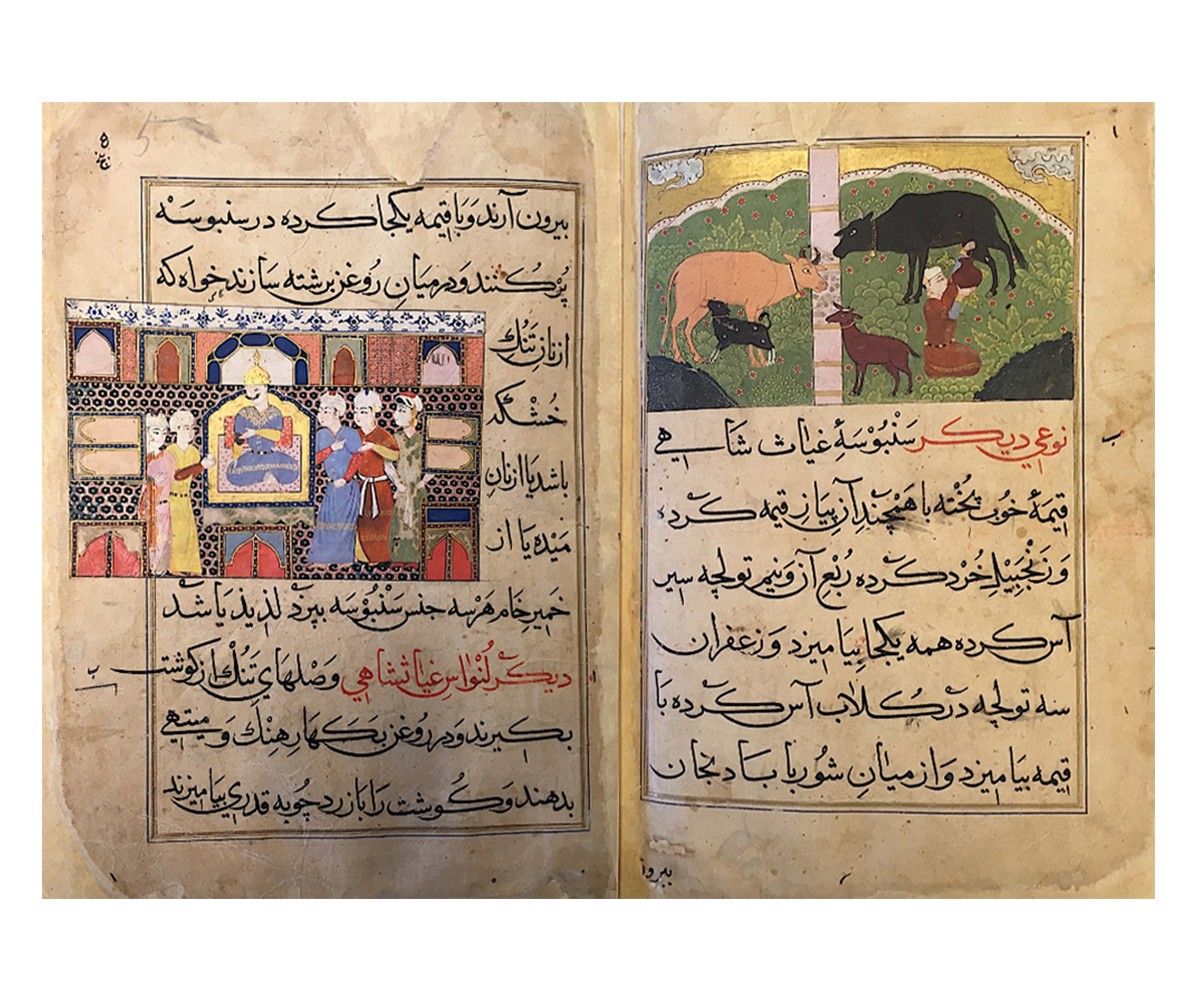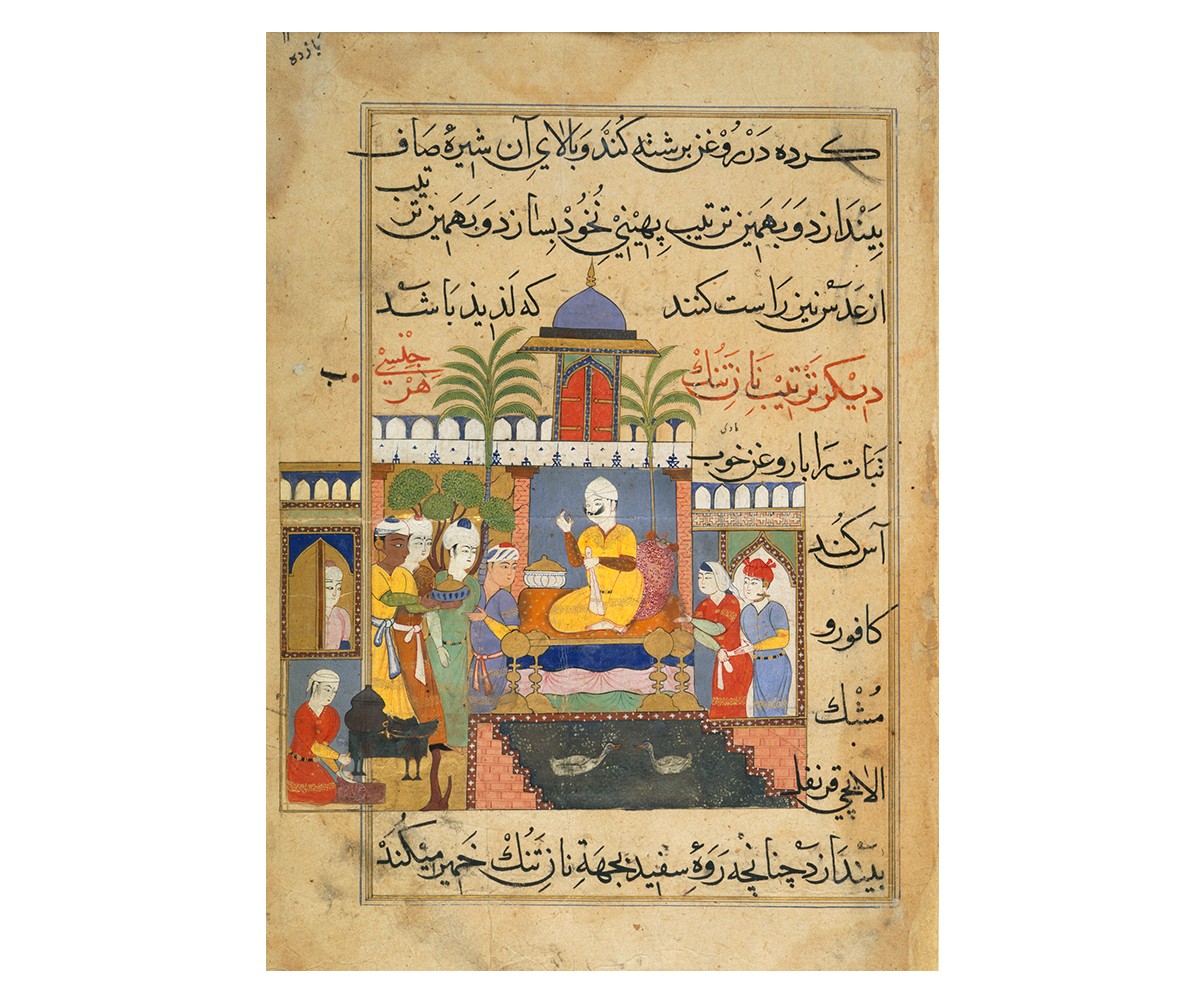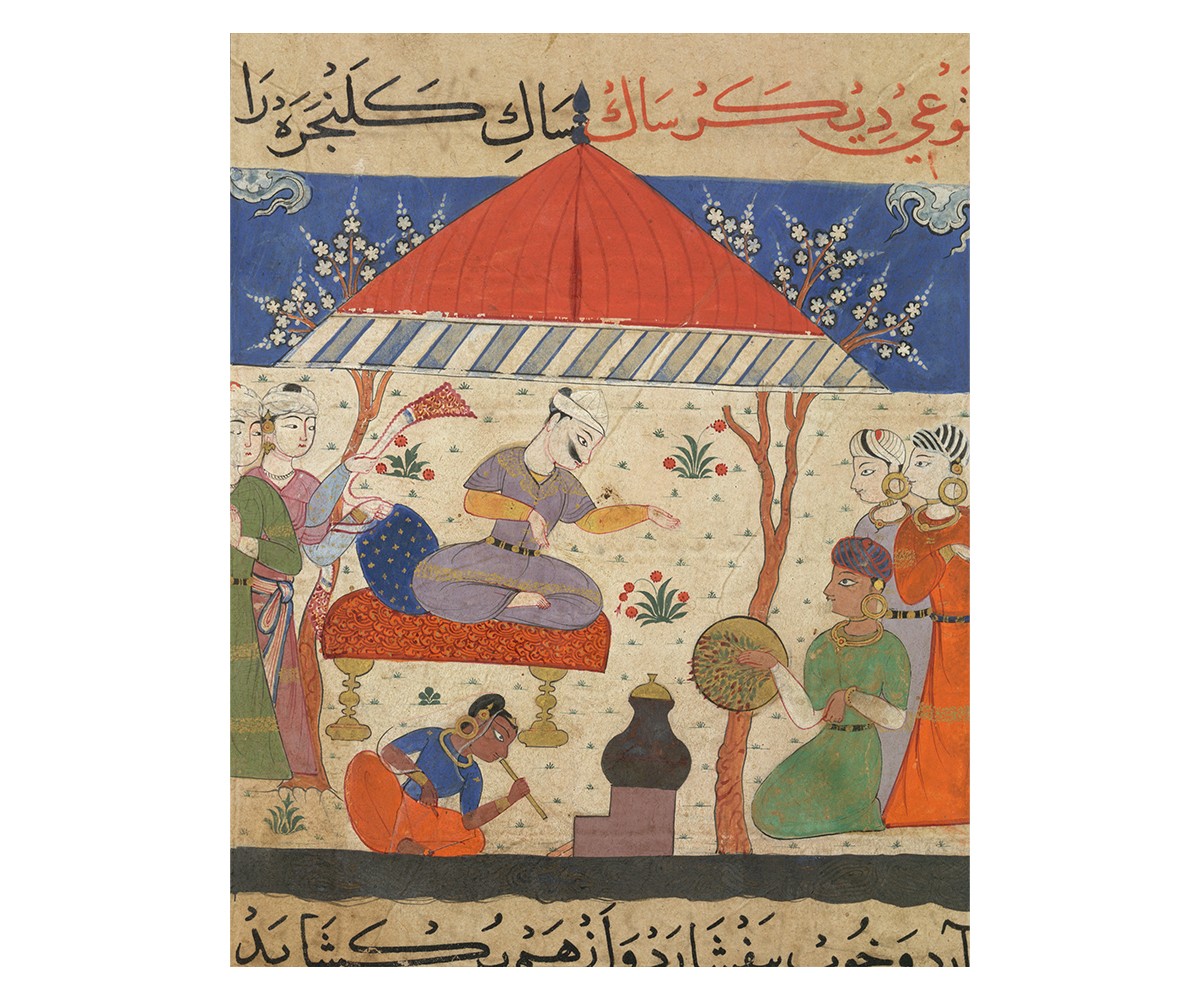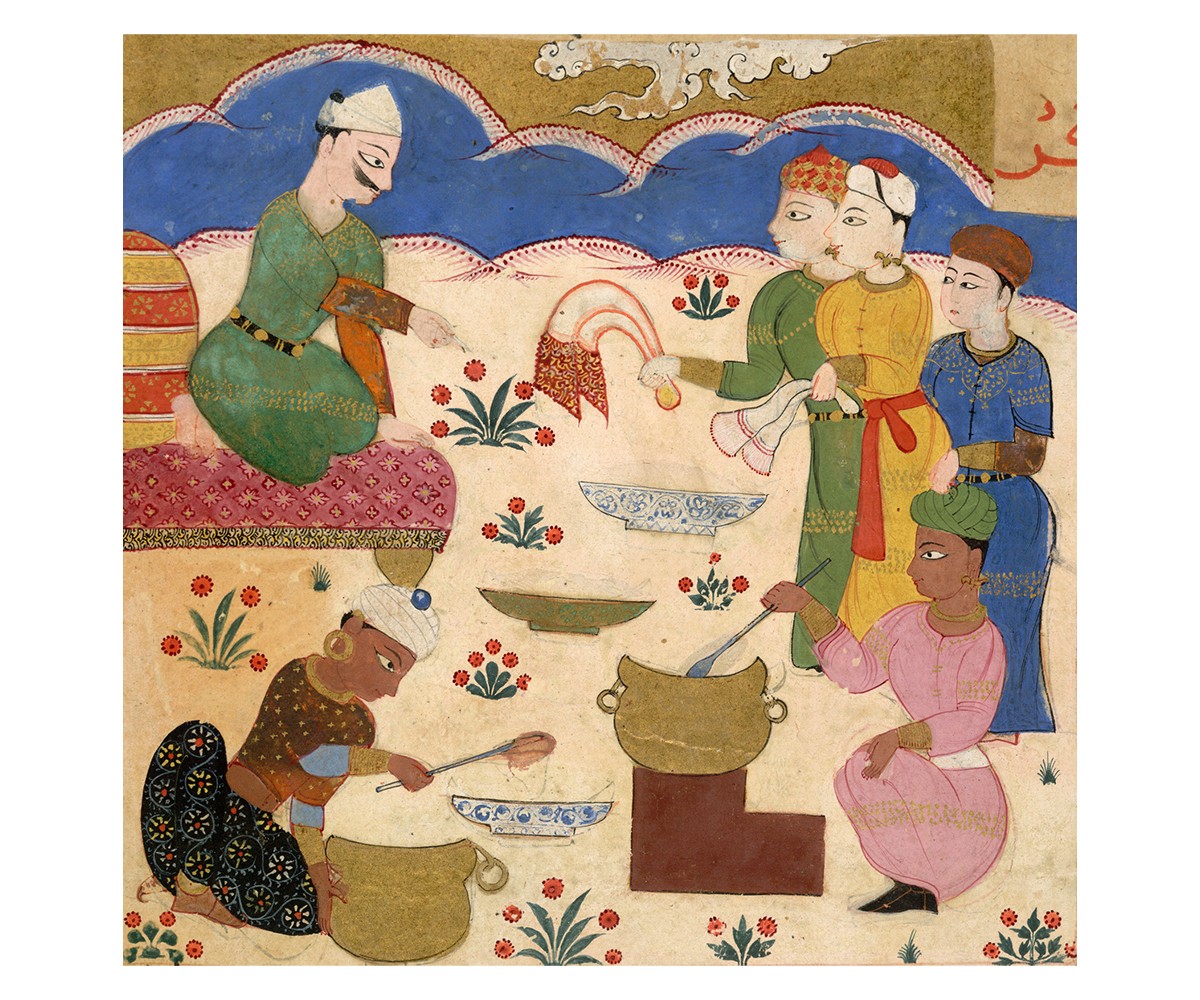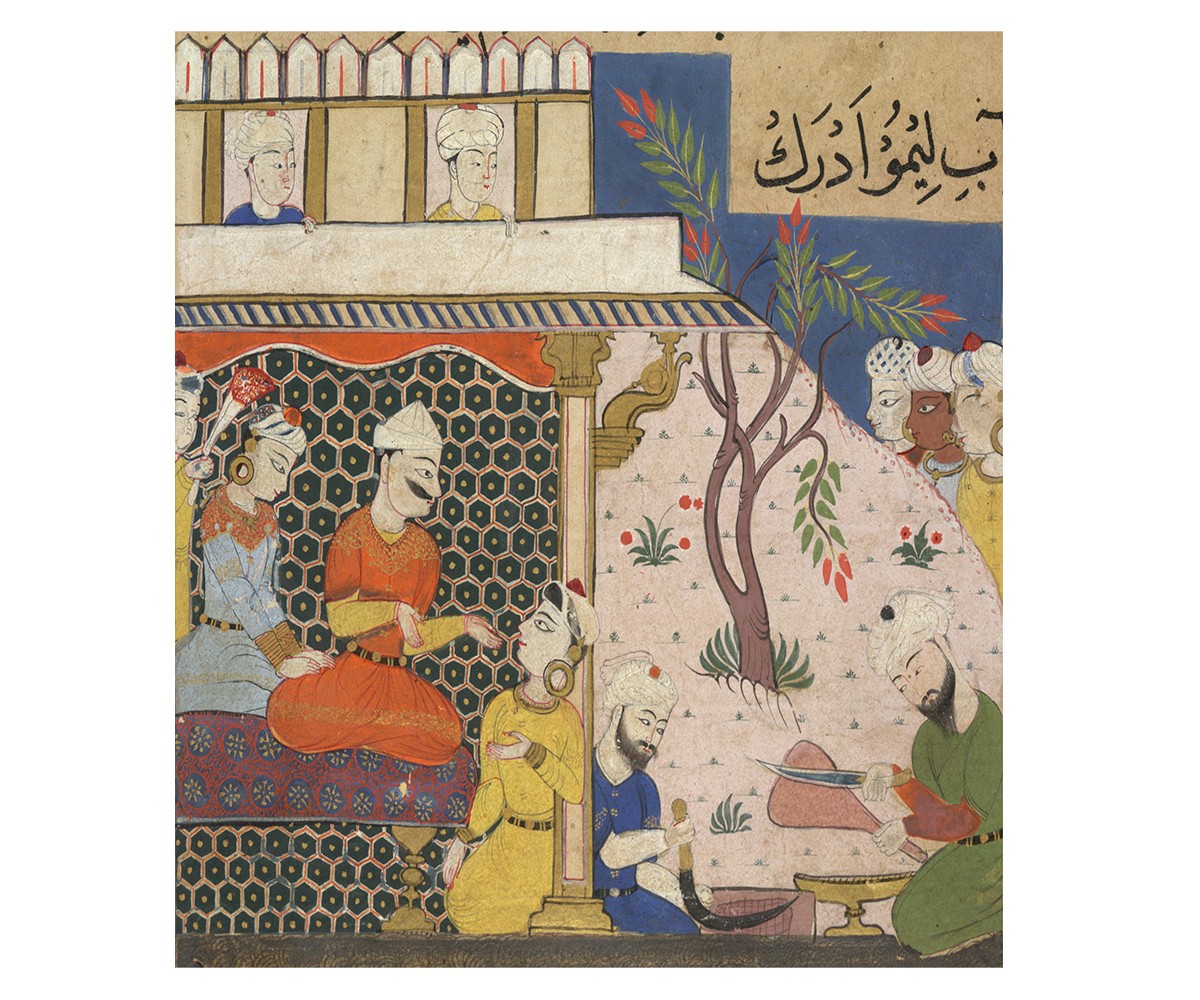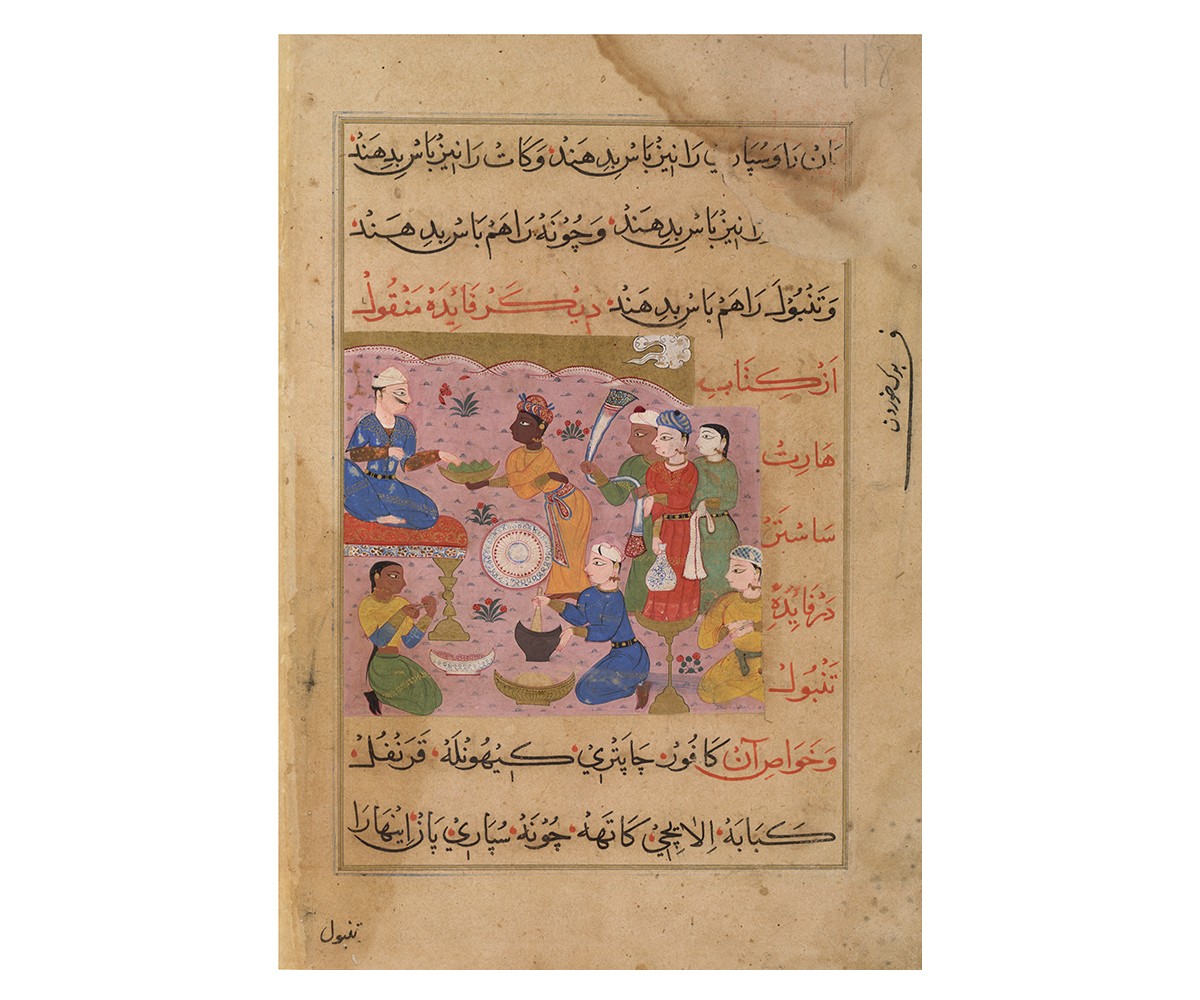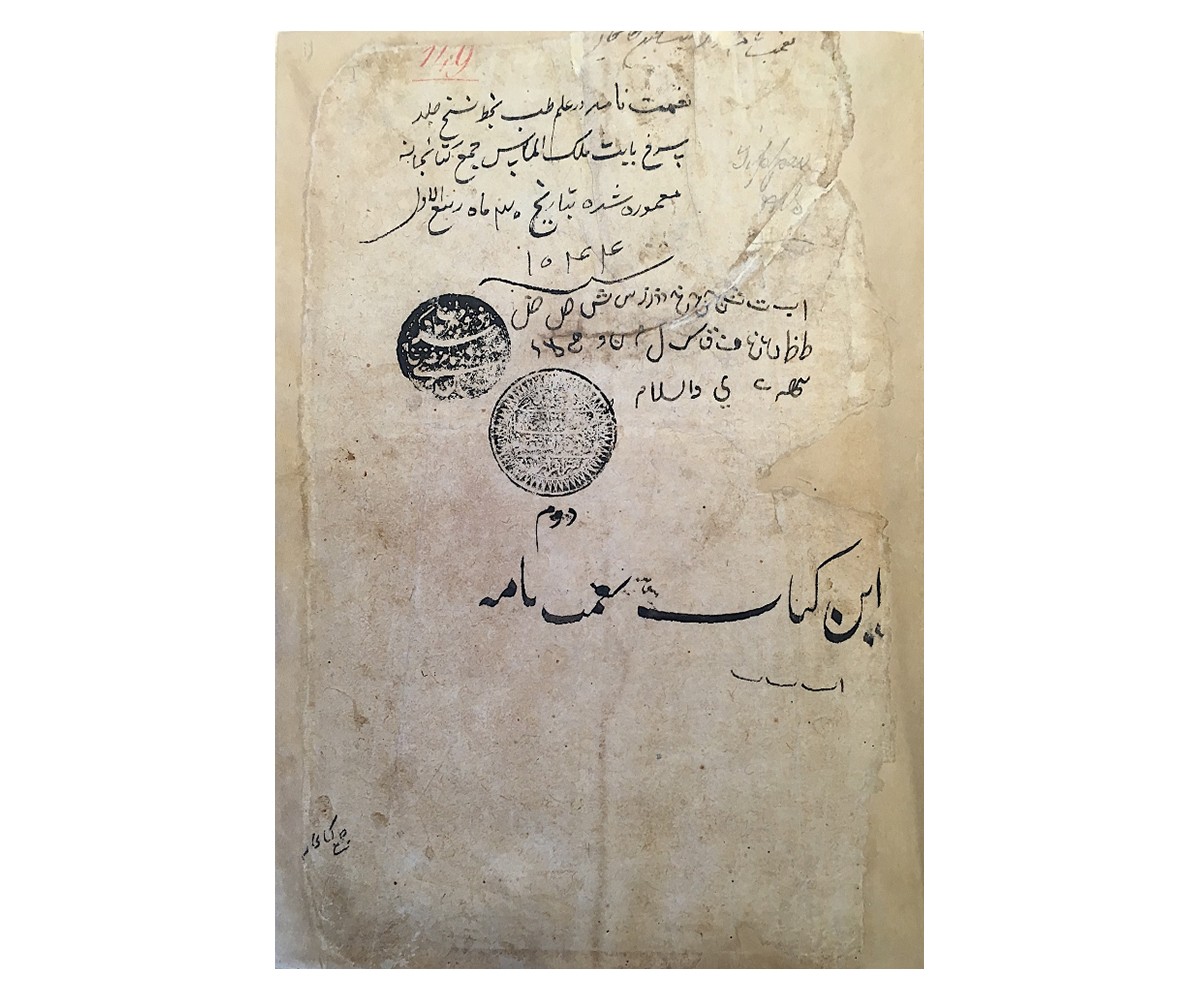The Nimatnama-i-Nasiruddin-Shahi is Completed
1500
A documentation of the lavish lifestyle enjoyed by Ghiyath Shahi, the sultan of Malwa, the Nimatnama-i-Nasiruddin-Shahi compiles recipes for culinary dishes, perfumes, medicines and aphrodisiacs. The recipes listed mention mostly vegetarian dishes with Persian, Turkic and local names.
Meat and rice dishes, snacks and confectionery like the sambusa (samosa), biryani (from the Turkish biryan), halwa and harisya (a dish similar to haleem) become popular from the time of the sultanate, permeating courtly and common spaces. The samosa recipes of the Nimatnama do not call for potatoes in their stuffing, as potatoes, chillies and tomatoes are yet to find their way to India.
Chronicles of the Delhi Sultanate period also point to the cultivation of fruits around Delhi that cater to Central Asian and Persian tastes, such as grapes, pomegranates and melons, even as a brisk trade in dried fruit, plums, almonds and pistachios continues with West Asia and the Arabic world.
Bibliography
Asher, Catherine B., and Cynthia Talbot. India Before Europe. New York: Cambridge University Press, 2006.
Beach, Milo Cleveland. Mughal and Rajput Painting. Cambridge: Cambridge University Press, 1992.
Sen, Colleen Taylor. Feasts and Fasts: A History of Food in India. London: Reaktion Books, 2014.
Feedback 
This entry appears in
Art in South Asia
Visit Timeline
Associated Timeline Events
First Published: March 11, 2024
Last Updated: July 2, 2024



